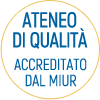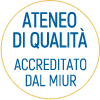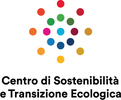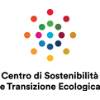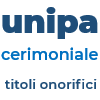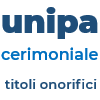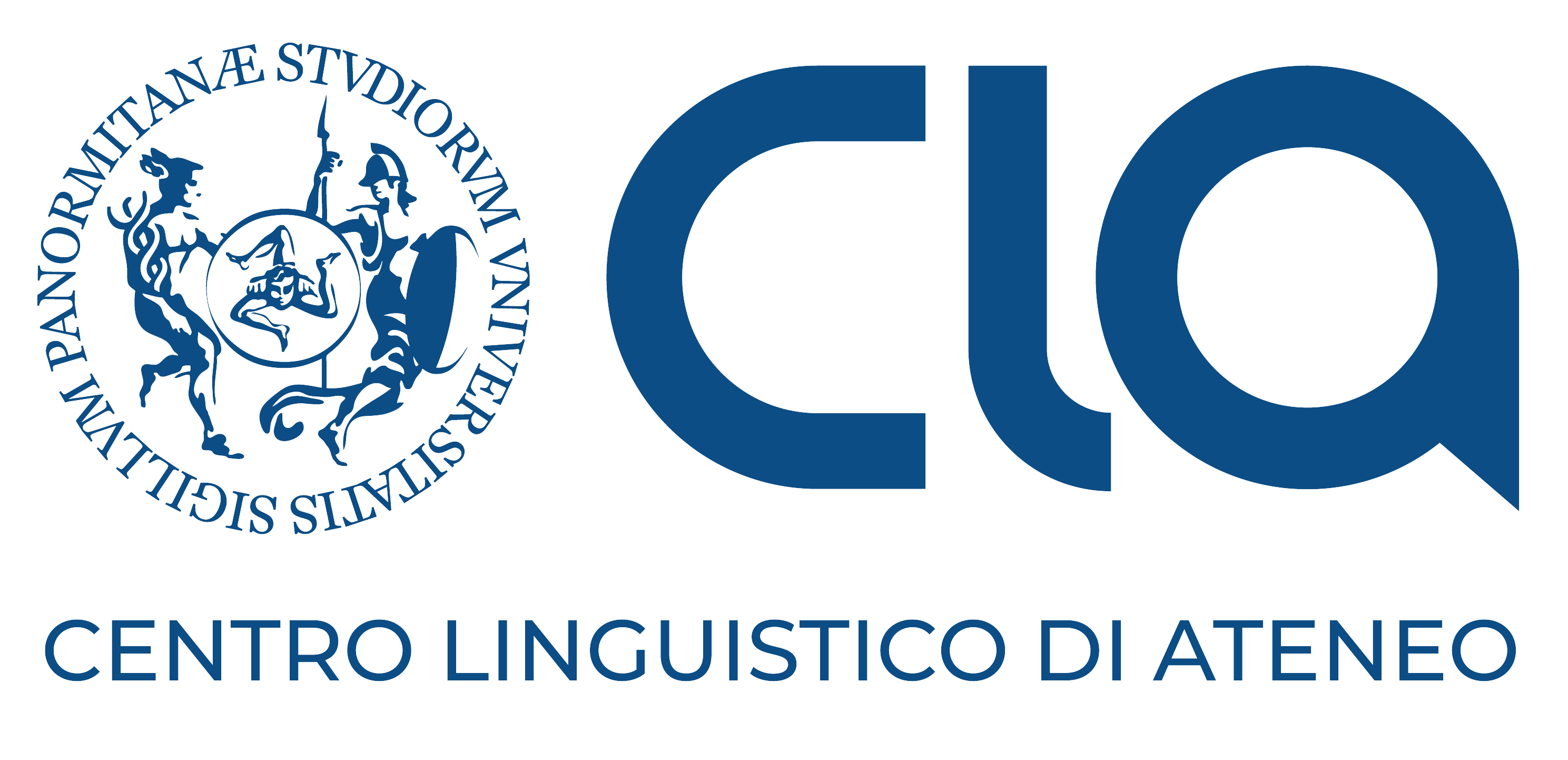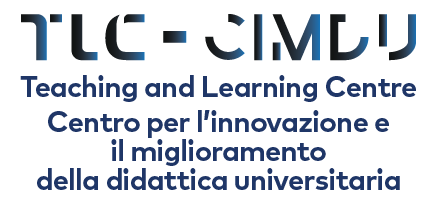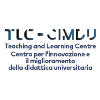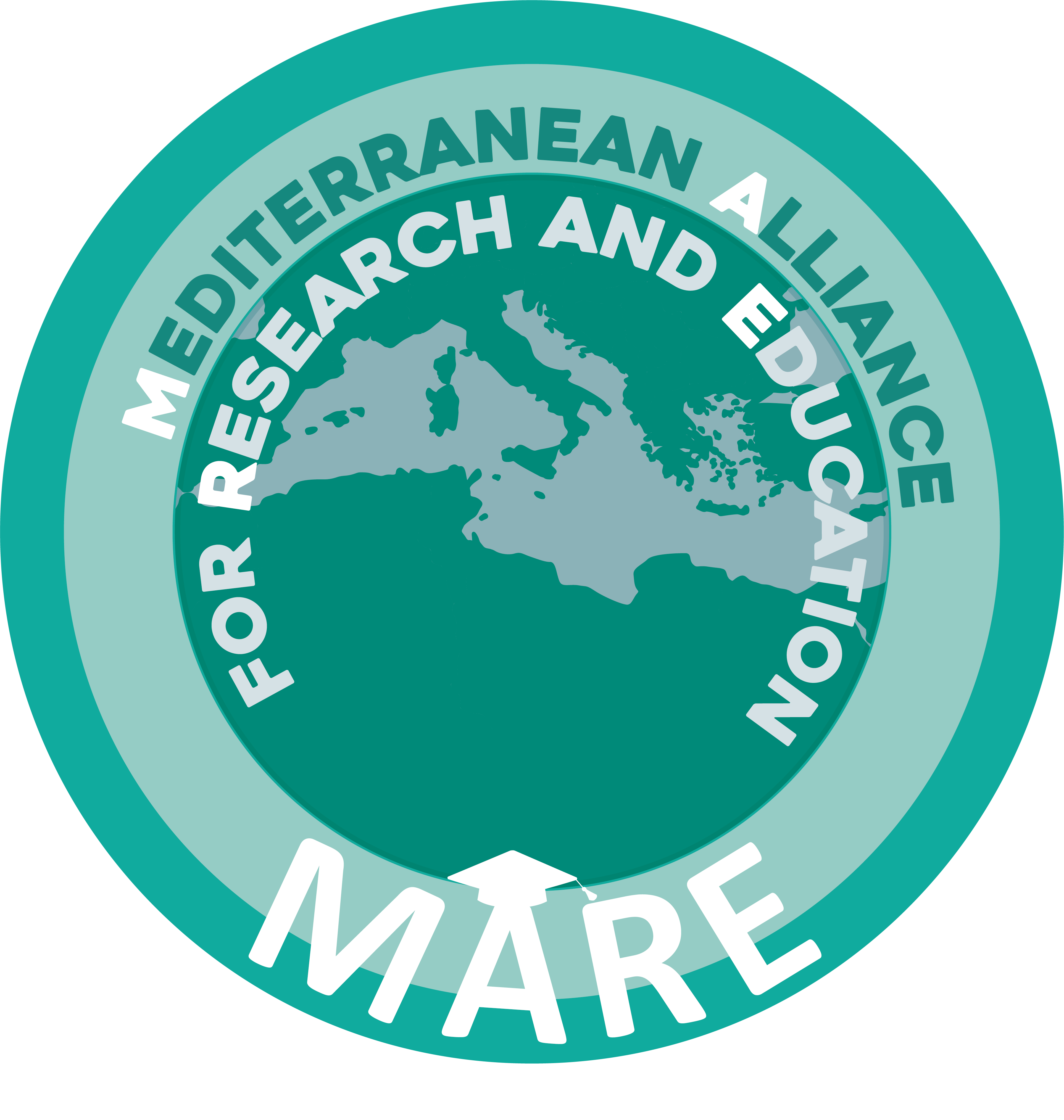ING-IND22 - ING-IND24 - Materials Science and Technology - Fundamentals of Chemical Engineering - Services
Ascolta

- Thermal analyses of polymeric samples by differential scanning calorimetry (DSC)
- Ultraviolet–visible spectroscopic (UV-Vis) and Fourier Transform Infrared Spectroscopic (FTIR) analyses
- Morphological analyses by scanning electron microscopy (SEM).
- Rheological measurements by parallel plate strain-controlled rheometer and capillary rheometer. Characterization of rheological behaviour of polymer melts in non-isothermal and isothermal elongational flow. Measurement of melt flow index (MFI).
- Mechanical characterization: tensile, flexural ,compression and impact tests.
- Dynamic Mechanical Thermal Analysis (DMTA) in 3-Point Bending/ Dual Cantilever/ Single Cantilever/ Tension mode.
- Static and dynamic contact angle measurements.
- Calorimetric analysis by using a differential scanning calorimeter (DSC)
- Mechanical characterization (e.g. static, creep/relaxation tests) by using an universal testing machine (UTM)
- Dynamic-mechanical-thermal testing using a dynamic mechanical analyser (DMTA)
- Identification of minerals in building materials (mortars, concrete, raw materials) by XR diffractometry (XRD).
- Observation of polished cross sections in optical microscopy.
- Observation of thin sections of stone materials observed in transmitted light microscopy.
- Scanning electron microscopy in low vacuum environment, in order to avoid the sample to be gilded, coupled with energy dispersion spectroscopy.
- Identification od pigments, constitutive materials and minerals, inks, gemstones, bymeans of Raman Microscopy.
- Identification and quantification of: ionic species in water, salt content in mortars or concrete, soluble chloride and sulfates content of concrete and raw materials by means of ionic chromatography.
- Measures of density and evaluation of porosity by means of helium and liquid pycnometer.
- Quantification of constitutive materials of mortars by means of simultaneous thermal analysis, thermogravimetric coupled with differential thermal.
- Identification of organic binders by means of FTIR.
- Chemical analysis on building materials.
- Tests on stone materials and binders according to Italian and European standards.
- Identification of wooden species.






